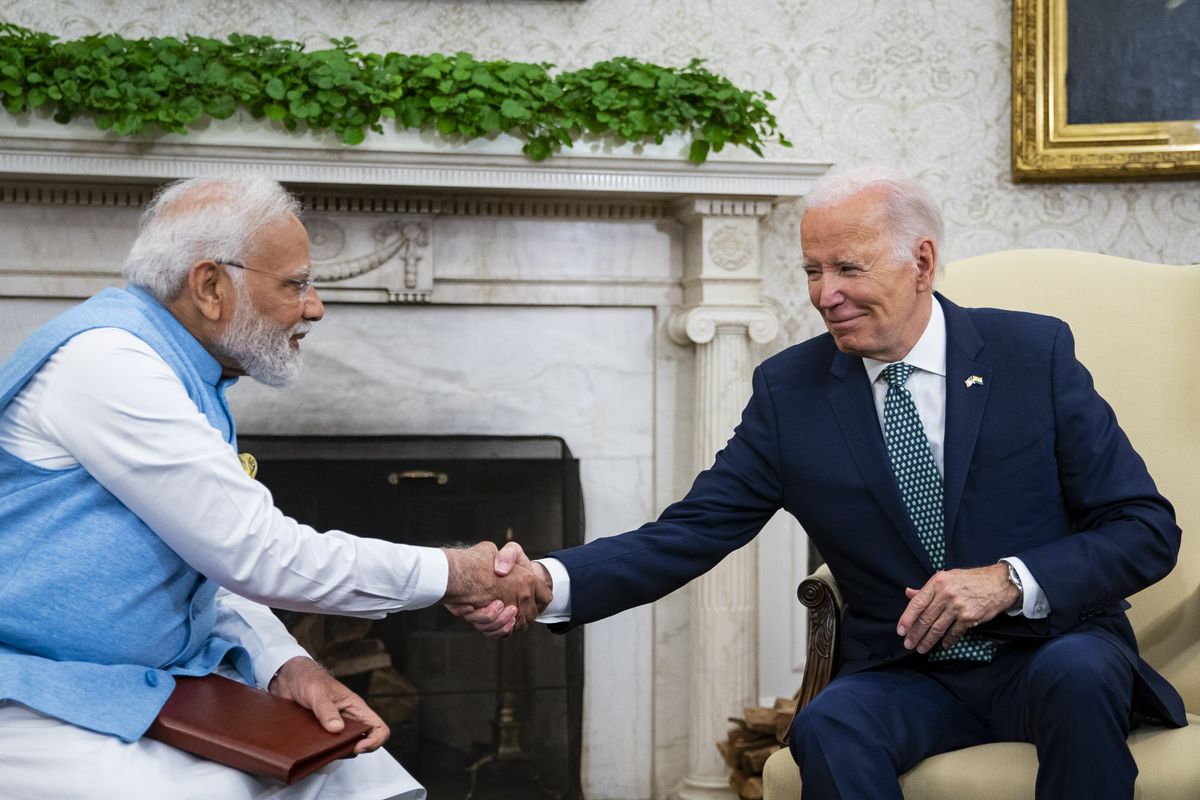Fresh out of Barnard College with a degree in political science, Riley is learning the ropes as a writer and reporter for GZERO. When she isn’t writing about global politics, you can find her making GZERO’s crossword puzzles, conducting research on American politics, or persisting in her lifelong quest to learn French. Riley spends her time outside of work grilling, dancing, and wearing many hats (both literally and figuratively).
In 2018, the two countries launched the “2+2 Dialogue” to boost defense cooperation and align policy objectives in the Indo-Pacific. India is still reeling from a skirmish in June 2020 — along the 2167-mile unmarked and disputed Himalayan border it shares with China — during which India’s military performed poorly and 20 of its soldiers died. Relations between the two nuclear-armed countries have since soured, giving the US and India a common cause in deterring Chinese aggression.
China has taken the US and India from distant allies to close partners — with the two conducting joint military exercises, working to strengthen the Indo-Pacific Quad alliance, and hosting each other for glitzy state visits. The US has even shown a willingness to overlook India’s human rights transgressions and prioritized deepening ties over Canada’s calls for the US to respond to India allegedly killing a Sikh community leader on Canadian soil.
The meetings are expected to solidify ongoing deals for the US and American companies to produce engines for Indian fighter jets and supply MQ-9 predator drones. , and build semiconductor manufacturing.





